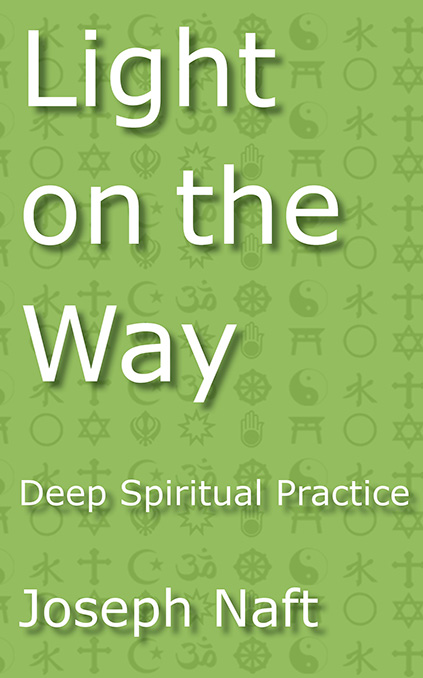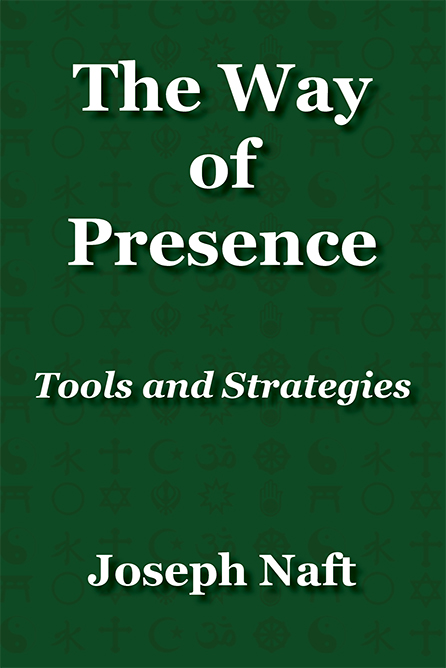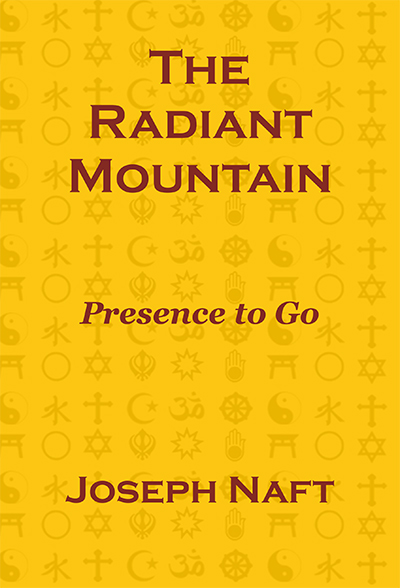|
|
Inner
Frontier Fourth Way Spiritual Practice |
|
Inner Work For the Week of February 12, 2024
Presence 2.0(Deepening Our Practice 1) The practice of presence brings our inner work into the rest of our life in a direct and intimate way. We tend to think of our time on the cushion or in formal prayer as our true spiritual work and our daily rounds of chores, interactions, projects, and whims as separate from our spiritual practice. Presence can cut through that divide by conveying our deeper states from the cushion into the marketplace. Of course, that depends on the quality of the presence. Our initial forays into the practice of presence are akin to what we may think of as mindfulness practice: simple and direct awareness, at first of what our external senses are transmitting, and then expanding that to include our body senses, our emotions, and our thoughts. Mindfulness is primarily on the level of the sensitive energies, which give us contact with those outer and inner senses. In Fourth Way practice, we extend that to a more vivid presence by working directly with the sensitive energies, building them up in our body, in our emotions, and in our mind. This type of presence practice is fundamentally different than mindfulness work, in which we give our attention to whatever is arising in the foreground of our awareness. In presence practice, we intentionally bring awareness to our body, our whole body, and stay in contact with that. Further, we bring awareness into our chest area, where emotions may arise, and we stay in contact with that. And we bring awareness into our mind, where thoughts may arise, and we stay in contact with that. This complete three-centered awareness is considered to be presence. But one crucial element is not explicitly addressed in that form of presence: our I. When we bring ourselves into the arena of presence and we are the one who is aware of the whole body, heart, and mind complex, when we can say in truth "I am here," only then are we fully present. For our current purposes, we will call this Presence 1.0. It is a wonderful way to be in the world. It weakens and even resolves many of our detrimental attachments and identifications, allowing us to live more freely, fully, and heartfully. It puts a more stable core into the center of our presence. Yet, as always on the spiritual path, there is another step to take. This revolves around the question of who is at the core of our presence? First, a brief digression. Our I is our will. All will is from the One Source of Will. Although that Source may seem very remote from us, it is not. And although egoism blocks the flow and connection between the will in us and the Great Will, it is rarely totally broken. It is not that we need to be passive so that we can be our Real I, our connected I, and live as that. It is our personality, our "self" that needs to be passive. This is the great Buddhist teaching of no self, to see and totally accept that there is no such self, that the collection of patterns that we call our personality is not our self. This is a major step in cleansing ourselves of egoism, but not the completion of that process. It is the first of the four levels of enlightenment taught by the Buddha and the second of the Four Fanas in Sufism as interpreted by J.G. Bennett. The upshot is that we seek to transcend our personality and ego so that we can be our Real I. The I of Presence 1.0, though active and centered, feels like me, the separate me, and is a transitional figure between ego and Real I. The latter is our connection with the One and thereby All. Our Real I does not have a center, it is centered everywhere. To come to that is not a matter of inwardly stepping aside, because that implies that we step aside so that our Real I can come into us, which in turn implies that we are separate from our Real I. We are our Real I. To come to that we enter the stillness within, setting aside all the baggage, all the identifications, and all the self-orientation clinging to our I. This gives us the freedom to open to the deeper nature of our I that is simultaneously entirely us and much more than us in its fathomless depth. This inner spaciousness, this inner stillness, this openness makes room in us for that depth, which was never truly lost. The great singers, the great musicians, let their separateness go, drop their inner walls, and become the music. Can we let go of our incessant insistence on being our separate selves and instead become life, become truly human? In this way, we can be active, we can be receptive, and we can be the harmony that flows through all life. Becoming our Real I is Presence 2.0. Deepening Our Practice Series:
|
|
|
About Inner Frontier Send us email Copyright © 2001-2024 Joseph Naft. All rights reserved. |








